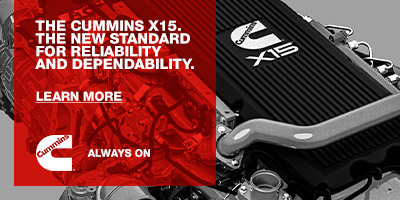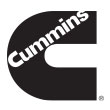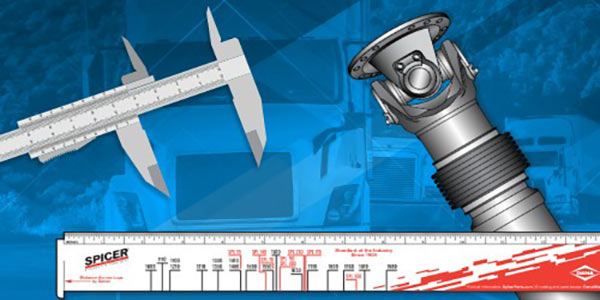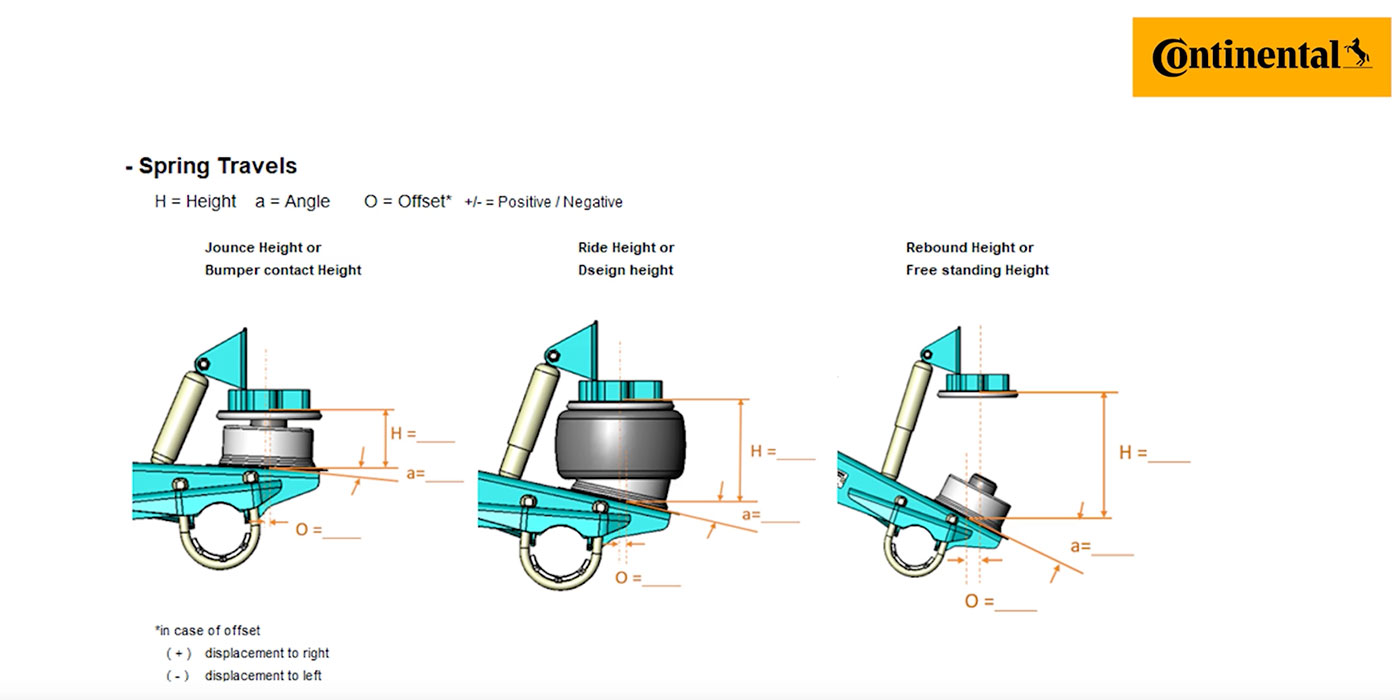In a world of vertical integration, Cummins is defining what it takes to operate effectively with horizontal integration. From electronic fuel systems to the Signature 600, and with the expansion of complementary and critical engine systems to integrate Cummins VGT™ turbochargers and aftertreatment systems while being supported through Cummins’ proprietary filtration business, Cummins has a proven history of horizontal integration. Over the past 5+ years, Cummins has made even greater efforts to optimize the integration of the engine and transmission to operate more efficiently.
Starting in 2013 with the Cummins and Eaton SmartAdvantage™ Powertrain, the ISX15 and Eaton Advantage® Series Automated manual transmission provided unique shift schedules, gear ratios and electronic features to deliver improved fuel economy without sacrificing overall operator performance. This close collaboration and the future creation of the Eaton Cummins Automated Transmission Technologies joint venture paved the way for the most integrated Cummins systems to date with the X15 Efficiency Series EX ratings.
The 2020 X15 Efficiency Series EX ratings — and looking forward, the 2021 EX ratings — provide unparalleled integration between a Cummins X15, transmission (Endurant HD™) and GPS look-ahead data. By leveraging the communication between the engine and transmission, and the positional and upcoming terrain data, proprietary electronic features were developed to improve overall freight efficiency.
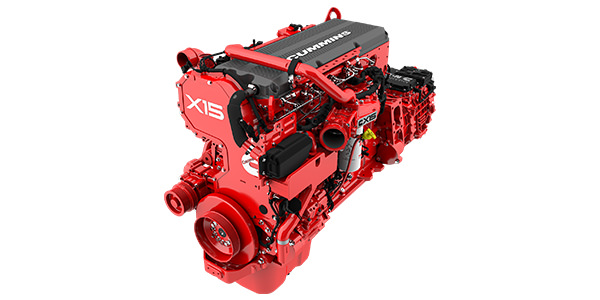
Today, four unique features that are exclusive to X15 and X12 EX ratings exist to provide increased drivability and fuel economy, with more retroactive features to be made available in the future. The four features available today are:
- On-Ramp Boost
- Predictive Gear Shifting
- Predictive Engine Braking
- Dynamic Power
On-Ramp Boost: Uses GPS signal data to identify an on-ramp on an upcoming interstate and allows improved acceleration for entry. Acceleration is increased by temporarily disabling torque-limiting features of the engine and provides a performance-oriented shift schedule.
Predictive Gear Shifting: Improves vehicle speed tracking by selecting the optimum gear and advancing shift times during Cruise Control. Predictive Gear Shifting reduces vehicle speed losses while negotiating hilly terrain. When using Cruise Control, Predictive Gear Shifting utilizes look-ahead data to calculate whether the vehicle can maintain the desired gear when climbing an upcoming grade. If a shift would be needed, the engine and transmission will shift prior to the grade and provide additional power to maintain speeds and gear selection. In the case of steep climbs, the gears selected will focus on reducing the time operating below peak torque.
Predictive Engine Braking: Utilizes look-ahead data to calculate the braking demand for a future grade and the target vehicle speed. If needed, the transmission down-shifts to provide more braking horsepower and help the vehicle stay within the desired road speed ranges. An offset speed parameter for the Engine Braking feature allows the Predictive Engine Braking feature to start braking earlier than the traditional start braking speed defined by Cruise Control and Engine Brake Interaction or Maximum Vehicle Speed Control features.
Dynamic Power: Adjusts the level of torque provided based on the vehicle operating conditions. If full torque is not required to maintain vehicle speeds, torque is reduced, providing improved fuel economy.
Outside of the four unique electronic engine features outlined above, EX ratings also provide the ADEPT™ feature packages from previous products by default. Historically, the full Cummins ADEPT feature packages required a unique engine calibration and the use of an automated manual transmission. The ADEPT calibration provides access to SmartCoast™ & Accelerator Coast Management, SmartTorque 2, and Predictive Cruise Control.
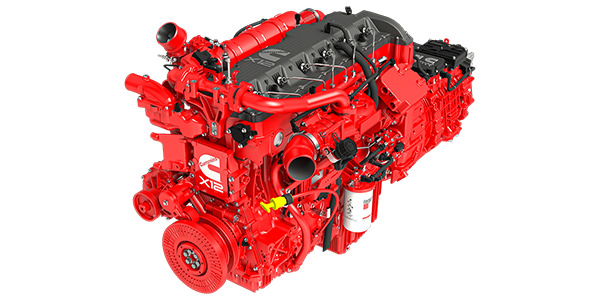
SmartCoast & Accelerator Coast Management: Allows Cummins engines to operate at idle to take advantage of the vehicle’s momentum in conditions that do not require positive torque to maintain a target vehicle speed (i.e., downhill conditions). The feature can be configured to work when operating in Cruise Control (SmartCoast), on the accelerator pedal (Accelerator Coast Management) or both.
SmartTorque 2: Allows customers to have a varying level of torque while meeting the demand of the current road conditions. With SmartTorque 2, the engine will receive up to 200 lb.-ft. of extra torque, but only when a combination of road grade, vehicle mass, and current gear requires extra power.
Predictive Cruise Control: Improves vehicle efficiency by deviating from the desired Cruise Control set speed — with minimal impact on overall vehicle performance — based on the upcoming road terrain. Predictive Cruise Control will adjust vehicle speeds prior to uphill and downhill sections of routes to take advantage of vehicle momentum. The balance of speed increase and decrease helps to yield a minimal net impact on the trip cycle time.
The ADEPT features listed above are available on all X15 Efficiency hardware (400–500 hp) and X12 engines, but will need to be enabled by the OEM, dealer or end customer. Customers that select EX ratings will receive the ADEPT settings by default due to the inherent requirements of EX ratings (Endurant HD transmission and map data).
The following video provides further information on the exclusive electronic features available with EX ratings: https://www.youtube.com/watch?v=uzYZmHgiqeo
For more information on additional electronic features available for Cummins on-highway engines, visit powerspecweb.cummins.com and select the Feature Description tab.
This article was sponsored by Cummins.

